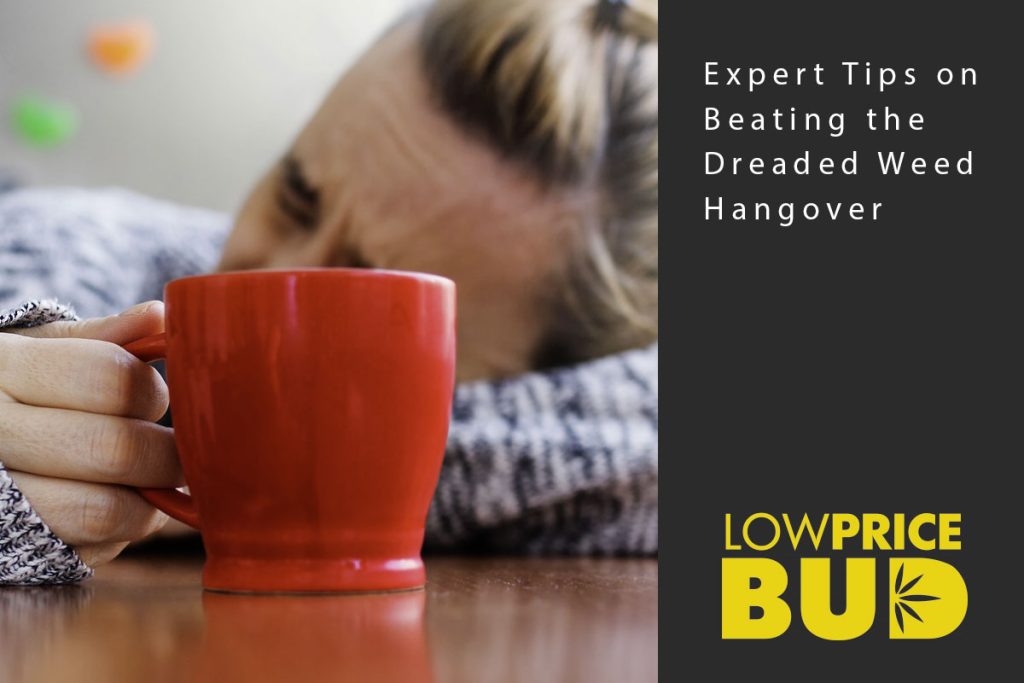What is a weed hangover?
Symptoms of a weed hangover
Symptoms of a weed hangover can differ from person to person, but commonly reported issues include:
- Fatigue: Feeling abnormally tired or lacking energy.
- Brain Fog: Experiencing difficulty concentrating or having a cloudy mental state.
- Difficulty Concentrating: Struggling to focus on tasks or information.
- Sluggishness: Moving or reacting more slowly than usual.
- Headache: Some individuals may experience a mild to moderate headache.
- Dry Mouth: Known as cottonmouth, characterized by a dry, sticky feeling in the mouth.
- Anxiety or Depression: Heightened levels of anxiety or a sense of low mood in some cases.
Causes of a weed hangover
The precise factors contributing to a weed hangover are not entirely comprehended, but several elements may contribute. These elements include:
- Strain and Potency: The specific cannabis strain and its potency, particularly with high-THC strains, could impact the likelihood of a hangover.
- Individual Tolerance: Differences in individual tolerance levels are a factor, with some people being more susceptible to hangover effects than others.
- Consumption Method: Whether you smoke, vape, or consume edibles can affect the strength and duration of a weed hangover.
- Quantity Consumed: The amount of cannabis you use in a session may impact the severity of hangover symptoms.
- Dehydration: Cannabis’s dehydrating effect can cause issues like headaches and dry mouth, similar to traditional hangover symptoms.
- Sleep Disruption: High doses of cannabis, especially close to bedtime, may disturb sleep patterns, leading to grogginess the next day.
How long does a weed hangover last?
Tips for preventing a weed hangover
Preventing a weed hangover entirely can be challenging, but there are effective strategies to minimize its likelihood and impact. Consider these expert tips:
- Moderate your cannabis use: Control the amount and potency of cannabis consumed by starting with smaller doses and gradually adjusting. This approach helps your body acclimate, reducing the risk of a hangover.
- Stay hydrated: Combat the symptoms of a weed hangover by staying well-hydrated before, during, and after cannabis use. Choose water, herbal tea, or coconut water over sugary or caffeinated drinks to prevent dehydration.
- Choose strains wisely: Opt for cannabis strains with lower THC and higher CBD levels, known for their calming properties, to minimize the likelihood of a hangover-like effect.
- Take breaks: Integrate “weed-free” days or weeks into your routine to prevent cannabinoid buildup and decrease the chances of experiencing a hangover.
- Practice self-care: Prioritize activities like exercise, meditation, and sufficient sleep to support overall well-being and reduce the impact of a weed hangover. Regular breaks, exercise to enhance circulation and mood, meditation for anxiety reduction, and quality sleep all contribute to a healthier cannabis experience.
By incorporating these practices, you can lower the risk and intensity of a weed hangover, ensuring a more enjoyable cannabis experience with fewer unwanted side effects.
Remedies for a weed hangover
If you’re dealing with a weed hangover despite your efforts, here are simple remedies for symptom relief and recovery:
- Hydrate: Drink plenty of water throughout the day to combat weed hangover symptoms. Consider electrolyte-rich fluids like coconut water or sports drinks.
- Rest and Relax: Take a break from strenuous activities. Engage in relaxation practices such as warm baths, deep breathing exercises, or yoga to promote recovery.
- Eat a Balanced Meal: Nourish your body with a balanced meal. Choose foods rich in vitamins, minerals, and antioxidants. Opt for light, nutrient-dense options and avoid heavy, greasy meals.
- Consider Natural Remedies: Try herbal teas (e.g., chamomile or peppermint) for soothing digestion and relaxation. Consult a healthcare professional before trying CBD products for anxiety or discomfort.
- Get a Good Night’s Sleep: Prioritize quality sleep for recovery. Create a comfortable sleep environment, establish a consistent bedtime routine, and minimize electronic device use before sleep.









